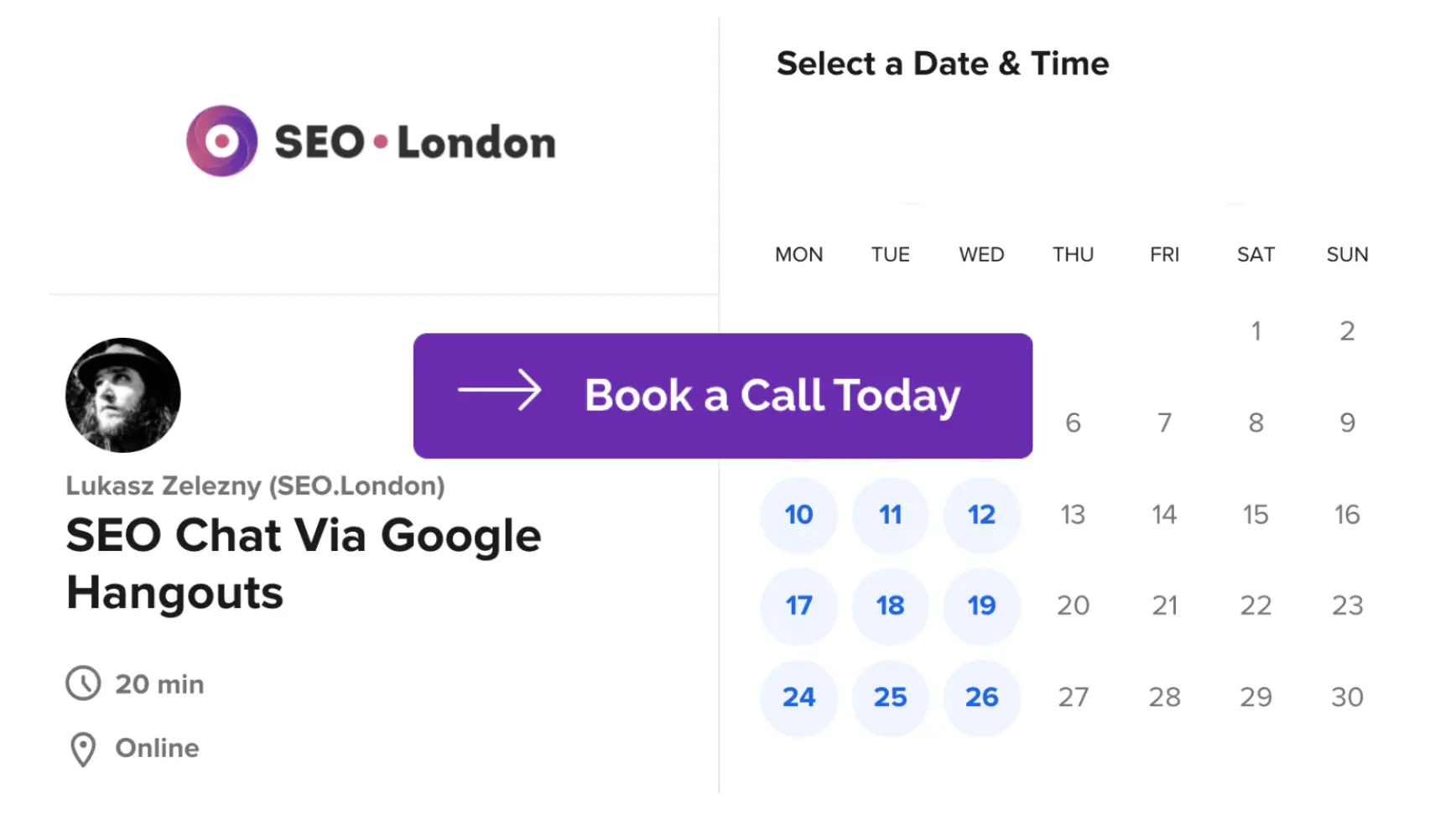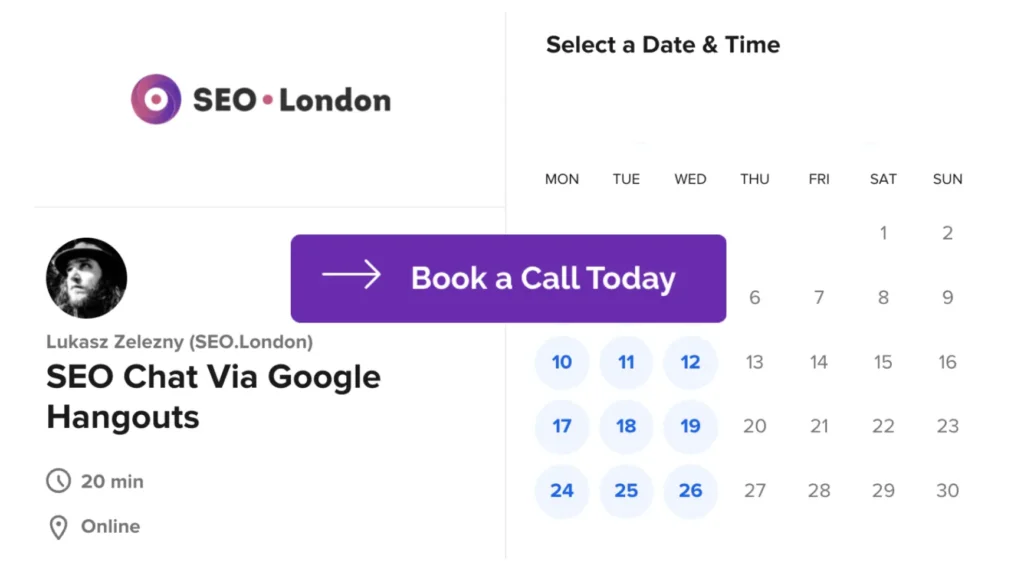What is Alt Text
What is Alt Text for an SEO Knowledge Base website?
Alt text, or alternative text, refers to the attribute of an HTML image tag that provides a textual description of an image. Its primary purpose is to provide accessibility for individuals who are visually impaired or have difficulty viewing images, allowing them to understand and interpret the content of the image through screen readers or other assistive technologies. However, alt text also plays a crucial role in search engine optimization (SEO) by providing search engines with valuable information about the image and enhancing the website\’s overall visibility and ranking in search engine results pages (SERPs).
In terms of accessibility, alt text serves as a textual alternative to visual content, enabling visually impaired users to comprehend the image\’s context, purpose, and relevance to the surrounding text. Screen readers read aloud the alt text, enabling visually impaired individuals to understand the image\’s content and function. Moreover, alt text enables search engine crawlers to index and interpret images accurately, contributing to improved accessibility for all users.
From an SEO perspective, alt text is a crucial element in optimizing images for search engines. Search engines rely on alt text to understand the subject matter of an image since they cannot \”see\” or comprehend images in the same way humans do. By providing descriptive, keyword-rich alt text, website owners can enhance the relevancy and visibility of their images in search results, potentially driving more organic traffic to their website.
Increase your online presence with Lukasz Zelezny, an SEO Consultant with over 20 years experience — schedule a meeting now.

When crafting alt text, it is important to strike a balance between descriptive accuracy and conciseness. The alt text should accurately describe the image\’s content while also being concise and to the point. Ideally, it should be no longer than a sentence or two. Including relevant keywords in the alt text can help search engines associate the image with specific search queries, increasing the likelihood of the image appearing in relevant search results.
Additionally, alt text should be contextually relevant to the surrounding content. It should provide additional information that complements the text and contributes to a cohesive user experience. This ensures that the alt text serves its intended purpose for both accessibility and SEO, providing value to all users and search engine crawlers.
It is important to note that alt text should only be used on images that convey meaning or provide relevant visual content. Decorative or purely aesthetic images that do not contribute to the understanding of the page content should have an empty alt attribute (\”\”). This indicates to screen readers that the image is purely decorative and can be skipped, preventing unnecessary repetition of content for visually impaired users.
In conclusion, alt text plays a vital role in making images accessible to visually impaired users, as well as enhancing a website\’s visibility in search engine results. By providing accurate, concise, and contextually relevant alt text, website owners can improve their site\’s accessibility, user experience, and search engine ranking. Incorporating alt text into image optimization strategies is an essential practice for any SEO-oriented knowledge base website.


